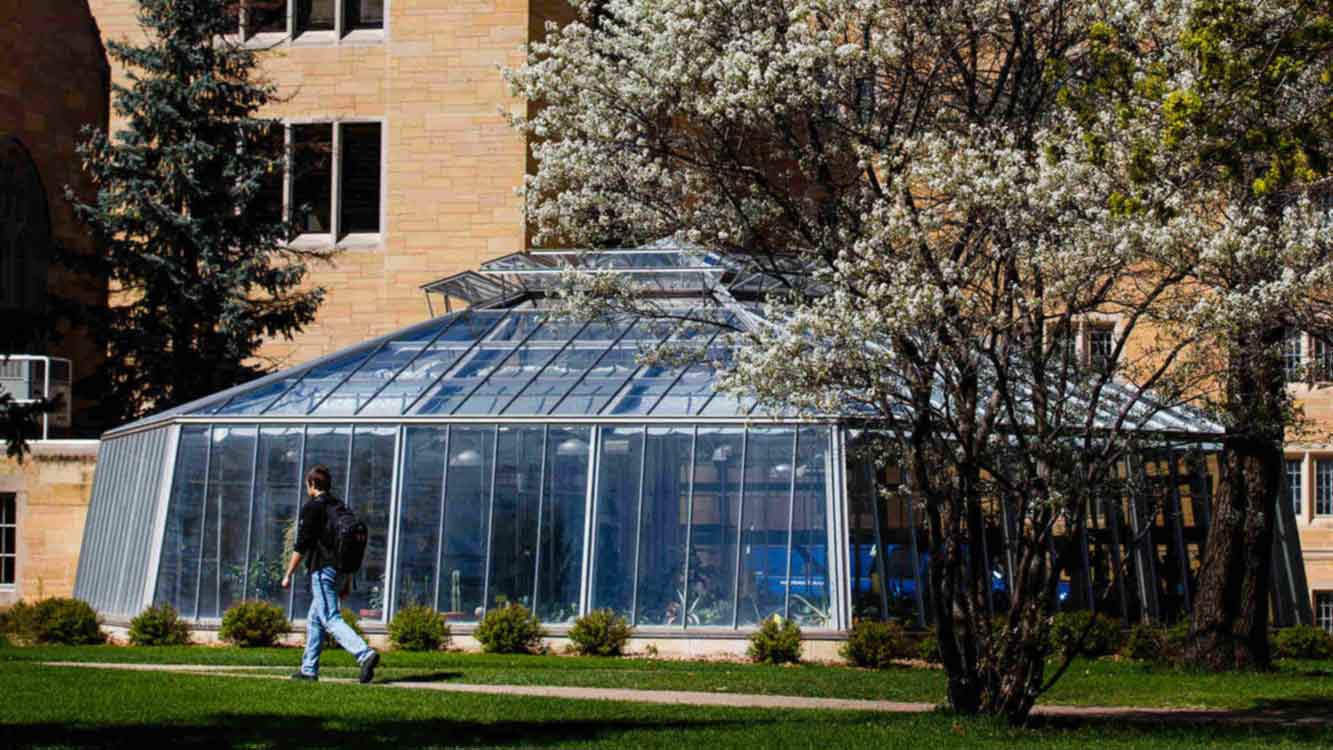The Biology Department at the University of St. Thomas maintains two greenhouses on the St. Paul campus. One greenhouse is attached to Owens Science Hall at the corner of Grand and Cretin Avenues. With its three large rooms and additional lighting, it is the primary greenhouse for course and research use.
The second greenhouse is located in the John Roach Center for Liberals Arts on the corner of Summit and Cleveland Avenues. Its eye-catching geometric design provides interior space for a tropical room, an arid room and a room featuring non-vascular plants, carnivorous plants and epiphytes.
The medicinal garden is reminiscent of monastery gardens from the Middle Ages. It was designed to be both a source of plants for laboratory teaching and research and a spot for quiet and solitude. Additionally, during the first summer of plant growth, we have found it to be a great source of forage for many pollinators, including several hummingbirds.
Contact
Catherine Grant
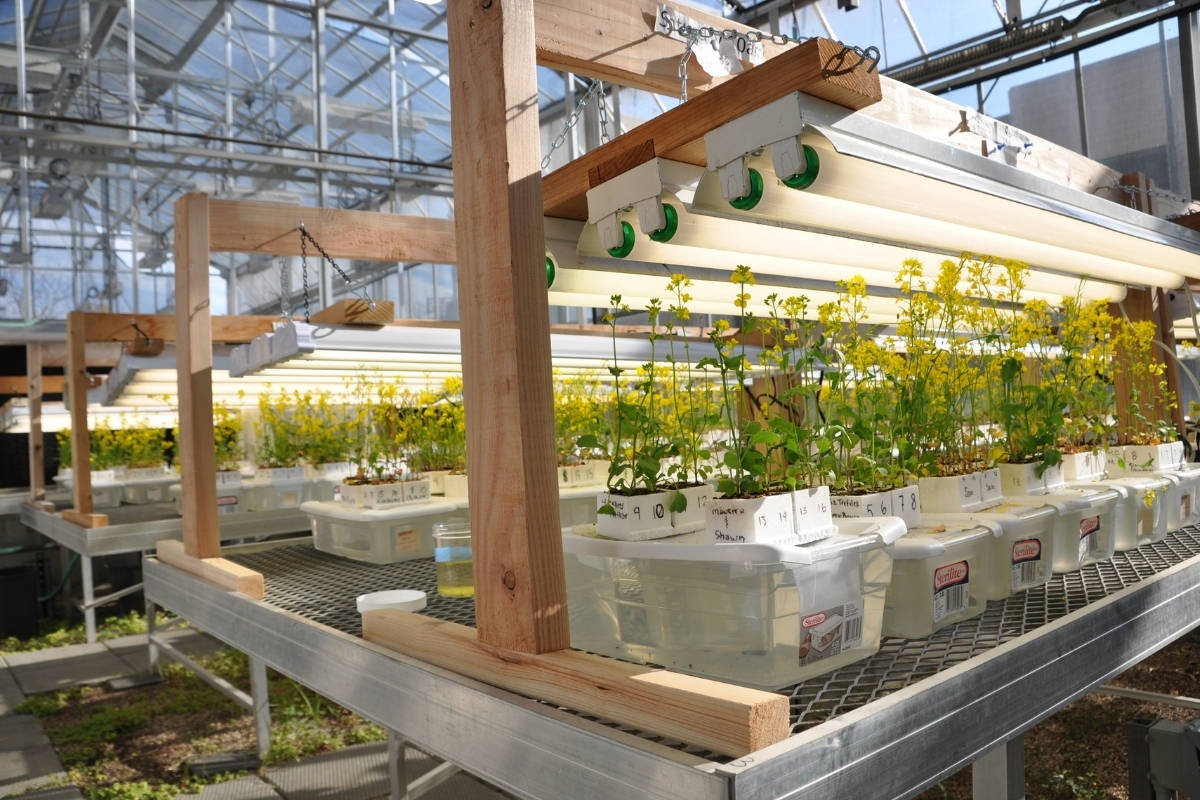
Deepening your knowledge
Coursework in the Greenhouses
Biology students and non-science majors use the greenhouses for a variety of courses. Students taking Biological Communication and Energetics use the Owens greenhouse to examine how various treatments affect plant enzymes. Students in General Biology use the Owens greenhouse to investigate how changing the environment affects the growth, health and reproductive ability of Wisconsin Fast Plants.
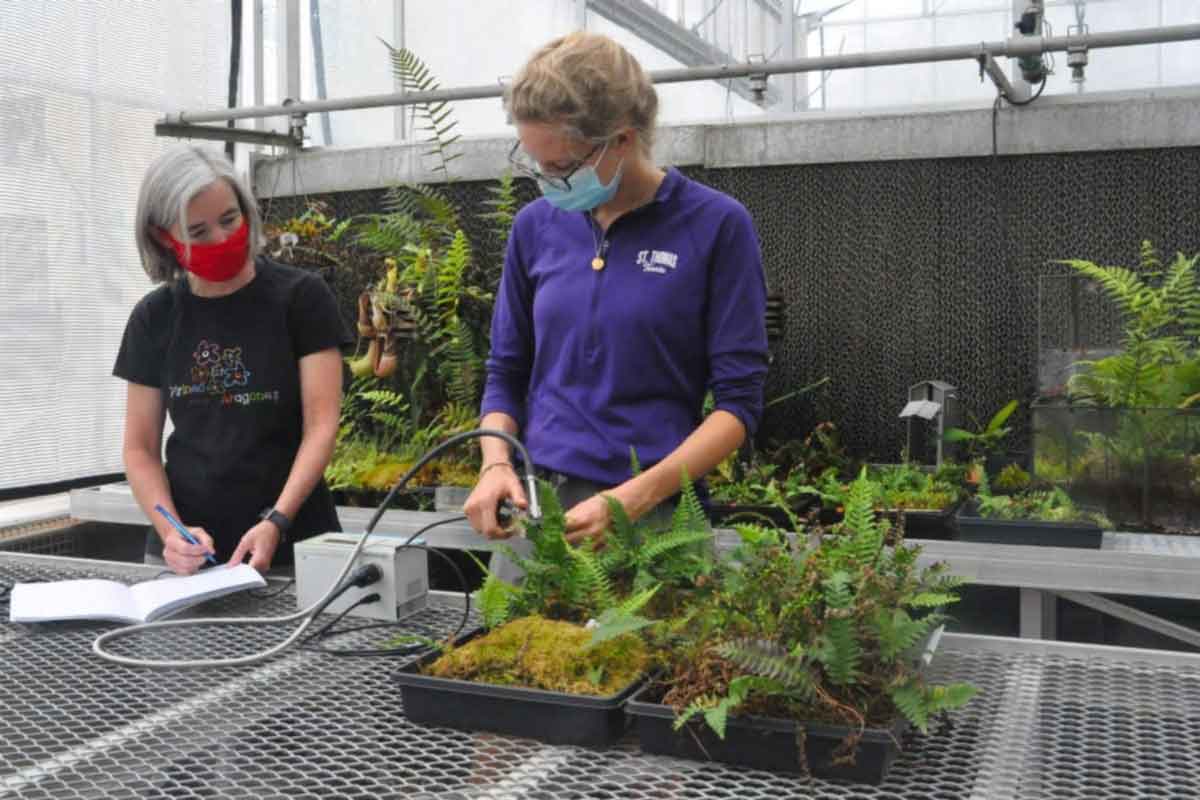
Gain practical experience
Research in the Greenhouses
The Greenhouses are a very active site for research. Recent users of the greenhouses include Dr. Chip Small, who uses the greenhouse(s) to start plants for his NSF-funded research and Dr. Amy Verhoeven, who uses the greenhouse to grow ferns for her research on plant stressors. Faculty from the School of Engineering have utilized the greenhouses for precision agriculture research on how to effectively monitor crop growth.
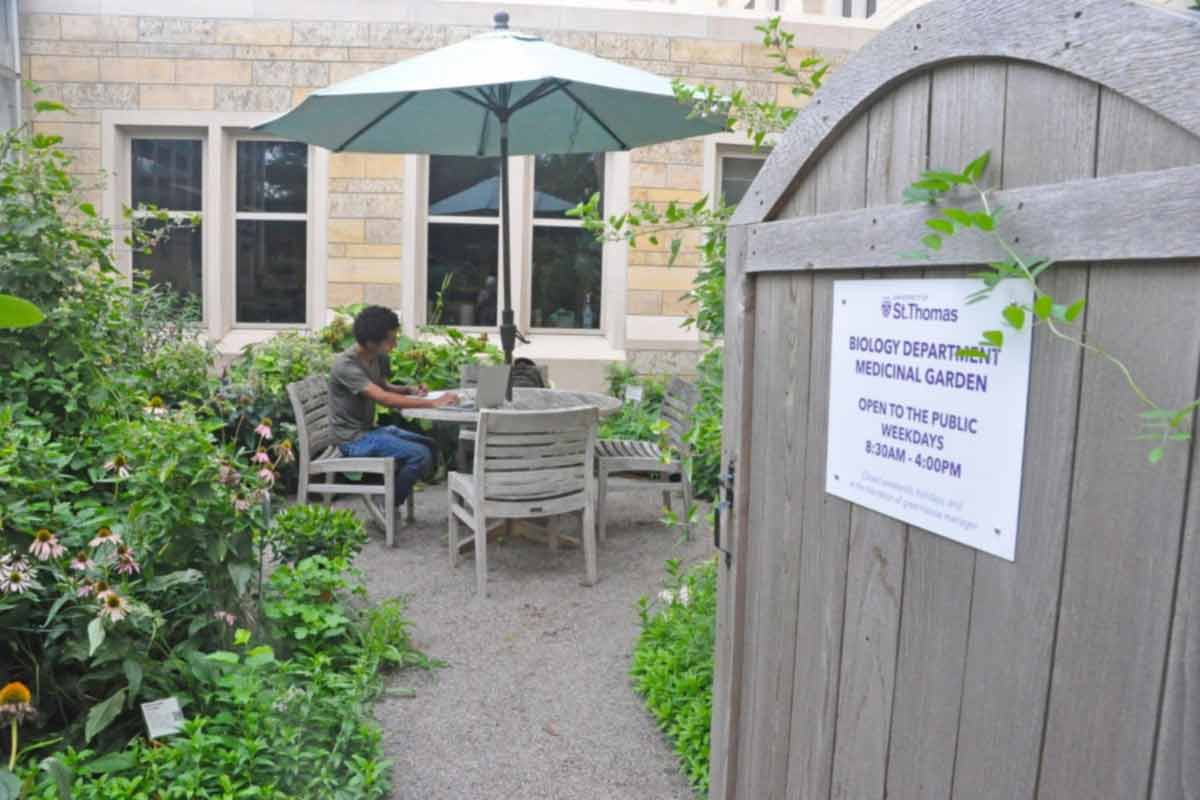
A spot for teaching, research and solitude
Medicinal Garden
The medicinal garden is reminiscent of monastery gardens from the Middle Ages. It was designed to be both a source of plants for laboratory teaching and research and a spot for quiet and solitude. We have found it to be a great source of forage for many pollinators, including several hummingbirds. The garden is open to the public weekdays from 8:30 a.m. to 4 p.m.
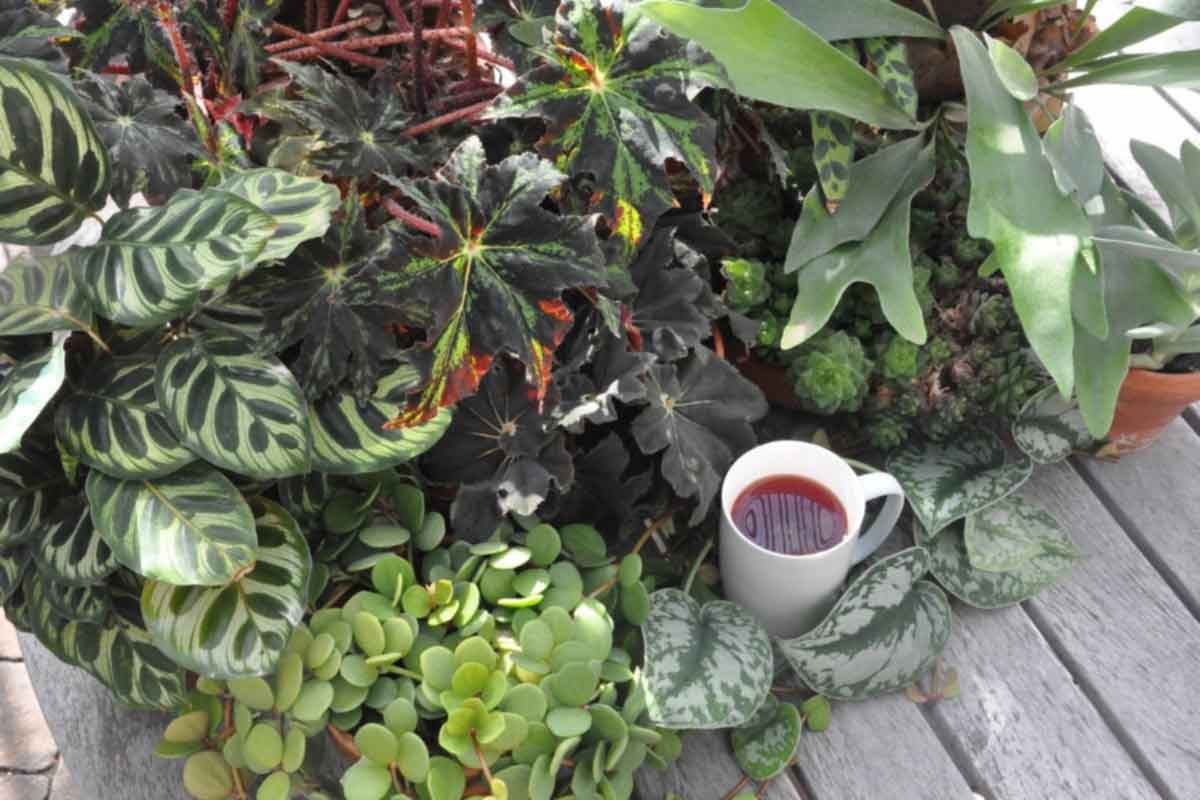
Connect with the community
Thursday Tea
Biology’s Greenhouse Manager hosts a weekly Thursday Tea event in the JRC Collection Greenhouse. Each week features a new tea and entices students, faculty, staff, and community members to visit the JRC Greenhouse. Visitors can enjoy their tea while exploring the different greenhouse climate zones filled with plants from arid, subtropical, and tropical regions.
About the Medicinal Garden
Layout
The garden is divided into 4 major plots:
- Native American Medicinal Plants like tobacco and boneset
- Modern Pharmaceuticals including opium poppies and foxglove which is the source of digitalis
- Traditional Herbal Medicines contains plants that might have been found in a monastery garden like comfrey and valerian root
- Modern Herbal Supplements such as St. John's Wort and garlic
Uses of Plants
Students in Dr. Amy Verhoeven's Plants, Food and Medicine course have begun to compile information on uses of plants in the garden.
History of the Medicinal Garden
The hardscaping was finished in August of 2016. Most of the plants were grown from seed in the greenhouse over the winter months. Students from various courses will be able to use plants from this garden in their laboratory experience.
Layout
The garden is divided into 4 major plots:
- Native American Medicinal Plants like tobacco and boneset
- Modern Pharmaceuticals including opium poppies and foxglove which is the source of digitalis
- Traditional Herbal Medicines contains plants that might have been found in a monastery garden like comfrey and valerian root
- Modern Herbal Supplements such as St. John's Wort and garlic
Uses of Plants
Students in Dr. Amy Verhoeven's Plants, Food and Medicine course have begun to compile information on uses of plants in the garden.
History of the Medicinal Garden
The hardscaping was finished in August of 2016. Most of the plants were grown from seed in the greenhouse over the winter months. Students from various courses will be able to use plants from this garden in their laboratory experience.
Contact Information
Questions? Feel free to contact us!
Mailing Address
Mail OWS 352
University of St. Thomas
2115 Summit Avenue
St. Paul, MN 55105
Campus Location
We are located on the third floor of the Owens Science Hall in room #352 (Building #65 on the campus map).
